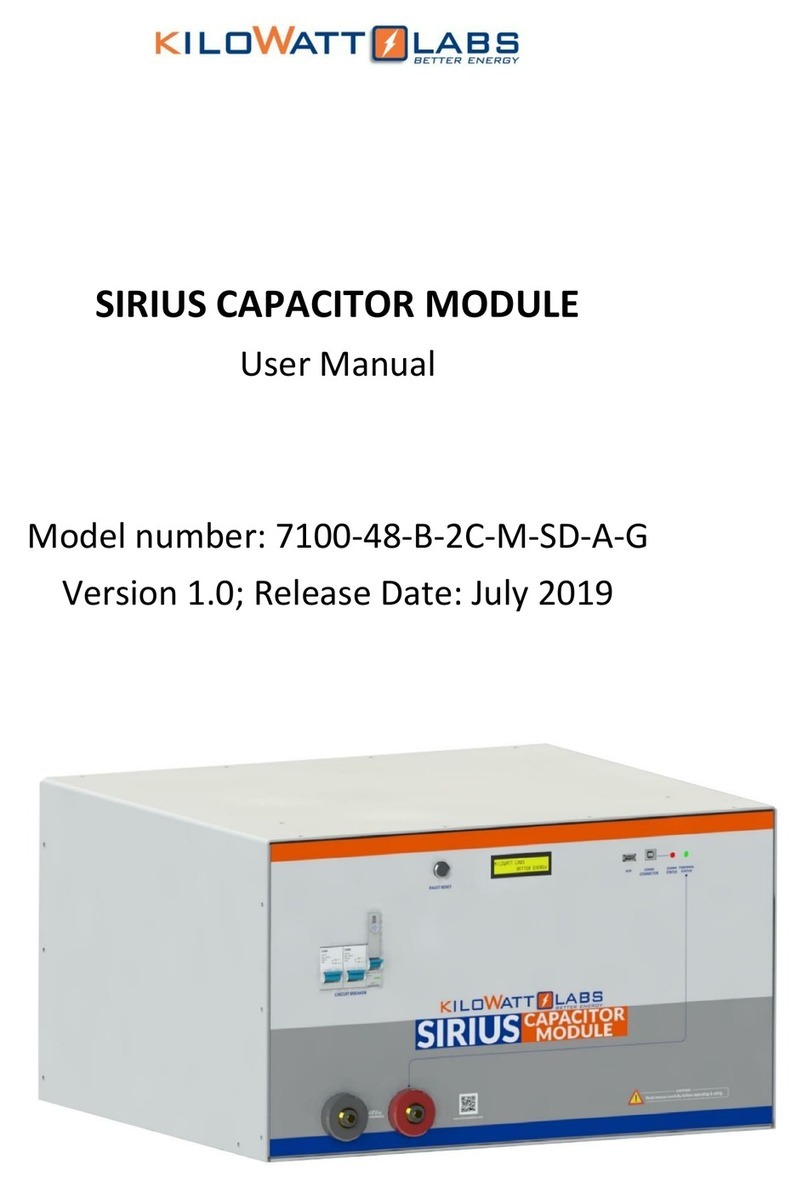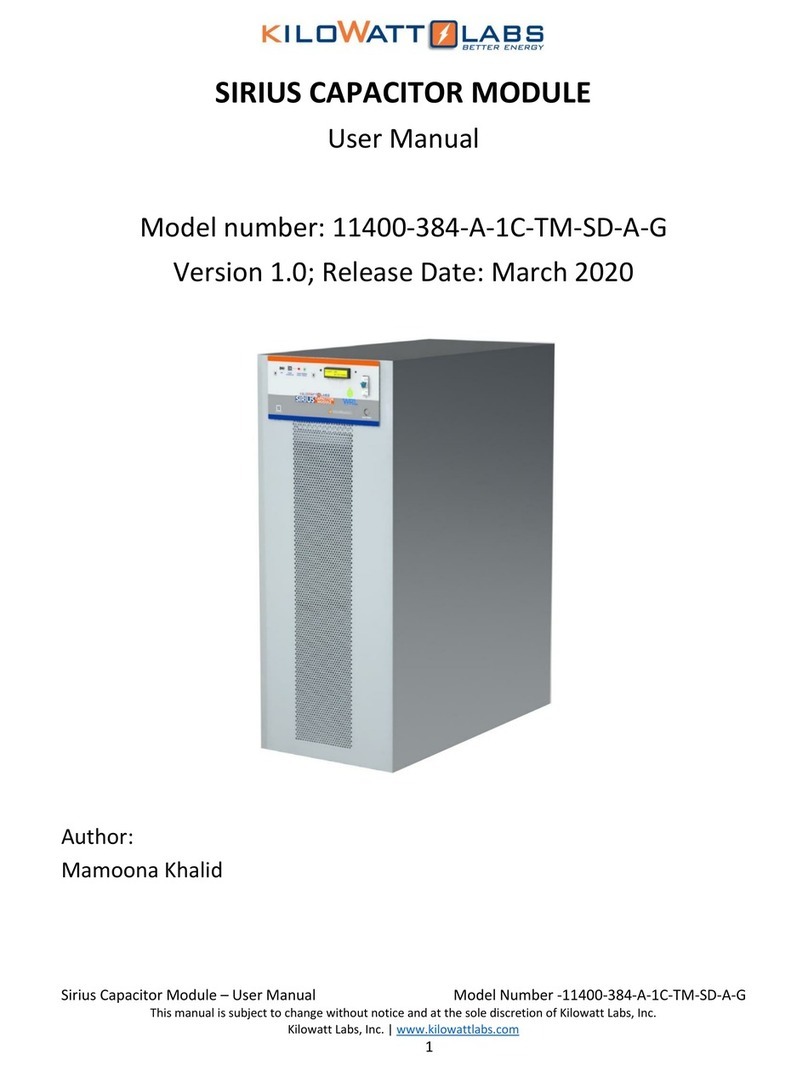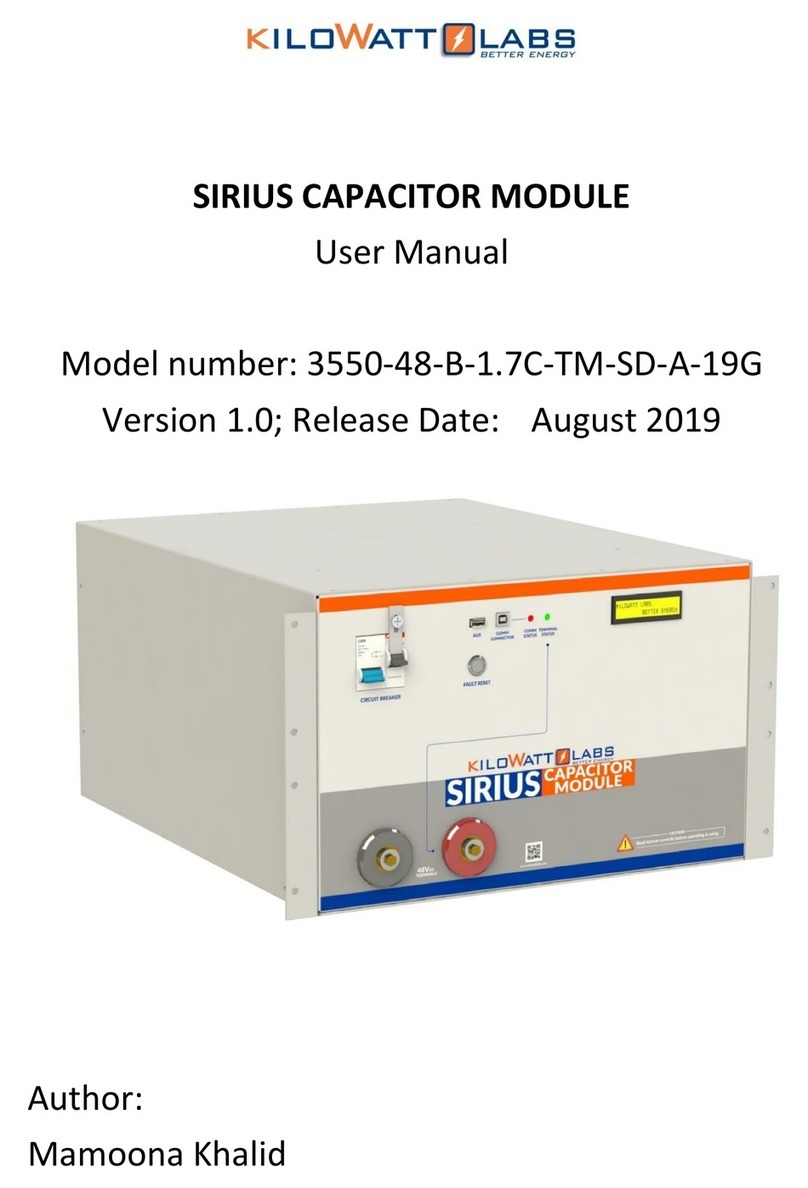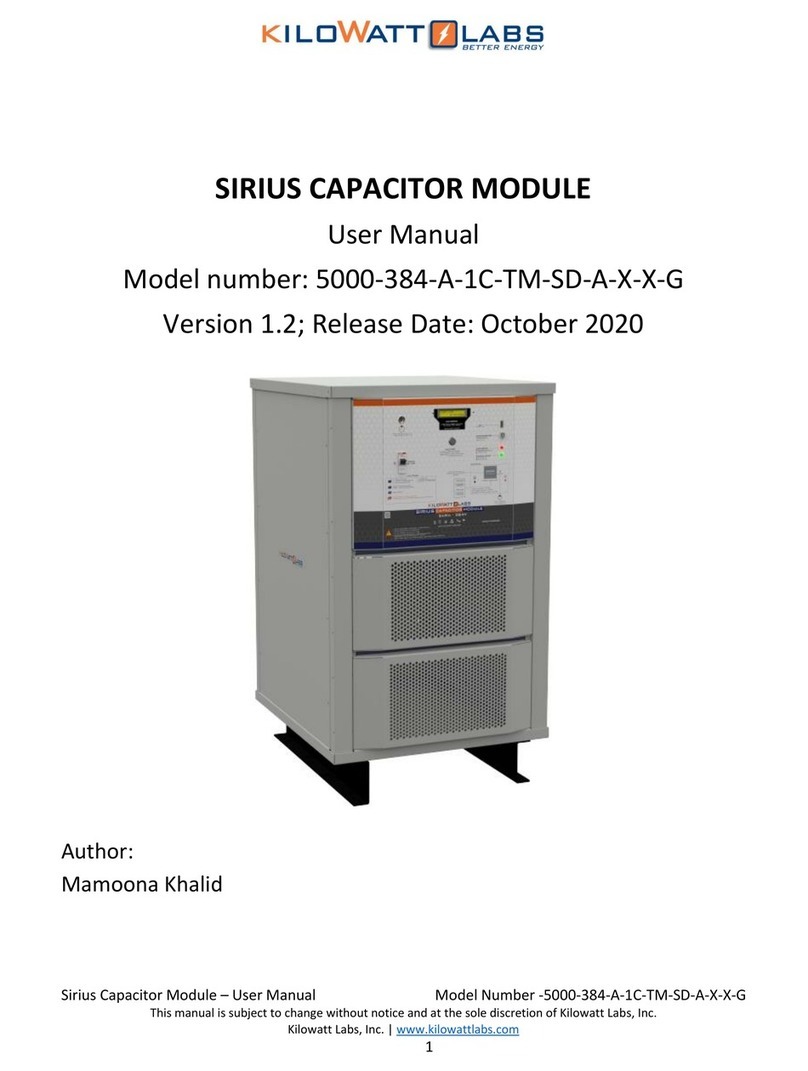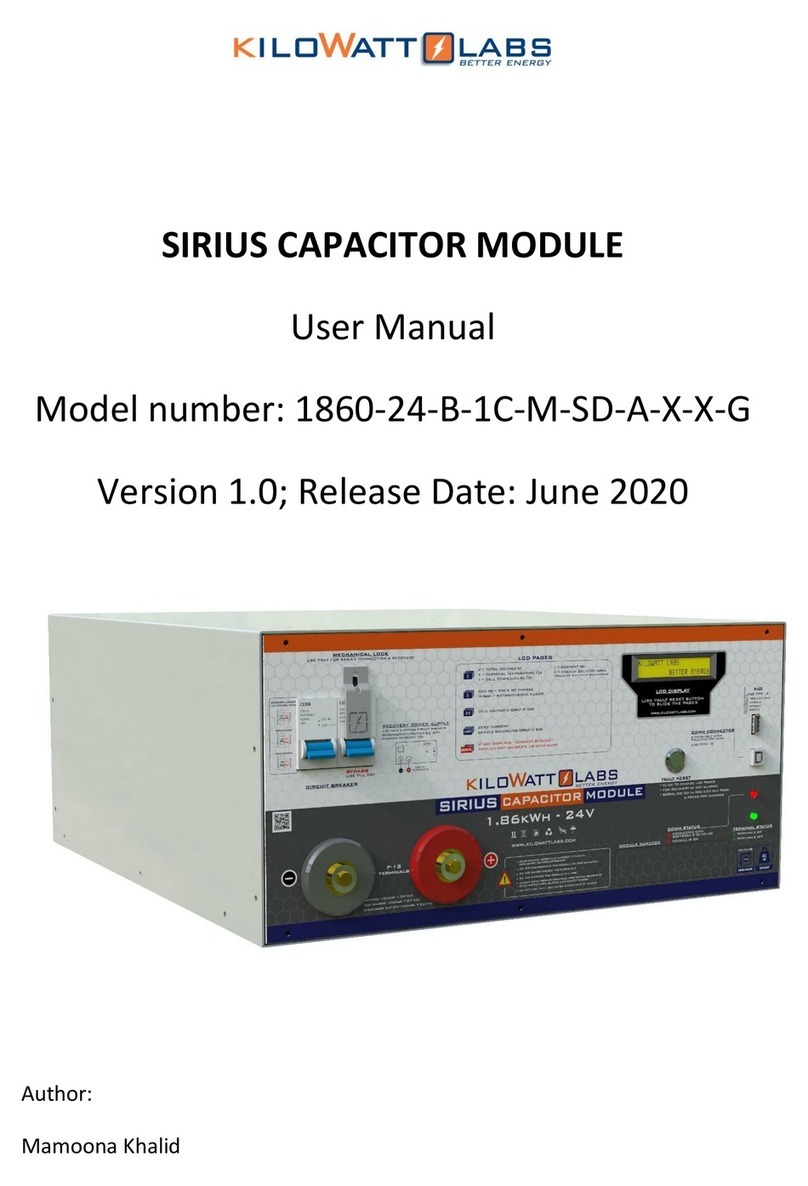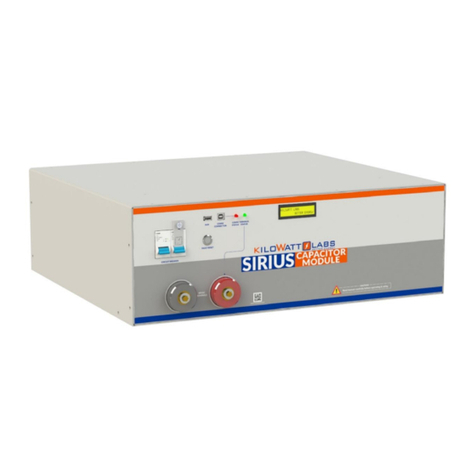Contents
1. Safety Instructions:.................................................................................................................................5
1.1 Symbols Convention:......................................................................................................................5
1.2 Safety Precautions:.........................................................................................................................5
1.3 Module Connection Safety Precautions:........................................................................................6
1.4 Shipping..........................................................................................................................................7
1.5 Qualified Installer ...........................................................................................................................7
2. Product Introduction..............................................................................................................................7
2.1 Part Number...................................................................................................................................7
2.2 Product Overview:..........................................................................................................................8
2.2.1 Appearance: .................................................................................................................................8
2.2.2 Mechanical Drawings: ..................................................................................................................9
2.2.3 Dimension and Weight.............................................................................................................. 11
2.3 Front Panel Description:.............................................................................................................. 11
3. Module Installation: ............................................................................................................................ 14
3.1 Inspection:...................................................................................................................................... 14
3.2 Safety Gear: .................................................................................................................................... 15
3.3 Unpacking and Contents Check:..................................................................................................... 15
4. Operation Procedures:........................................................................................................................ 16
4.1 Module Configuration: ................................................................................................................... 16
4.2 Software Configuration:.............................................................................................................. 17
5. Recovery Procedure: ........................................................................................................................... 20
6. Connecting the Module in Parallel or in Series:.................................................................................. 21
6.1 Parallel Connection of Sirius Modules:........................................................................................... 21
6.2 Series Connection of Sirius Modules:............................................................................................. 22
7. Automatic Safety Shutdown................................................................................................................ 25
8. Trouble Shooting................................................................................................................................. 26
9. Features:.............................................................................................................................................. 27
9.1 Key Features:................................................................................................................................... 27
9.2 Physical features:............................................................................................................................. 27
9.3 Technical Features:.......................................................................................................................... 28
10. Shelf Life:............................................................................................................................................. 28
11. Maintenance: ...................................................................................................................................... 29
12. Disposal: .............................................................................................................................................. 29
